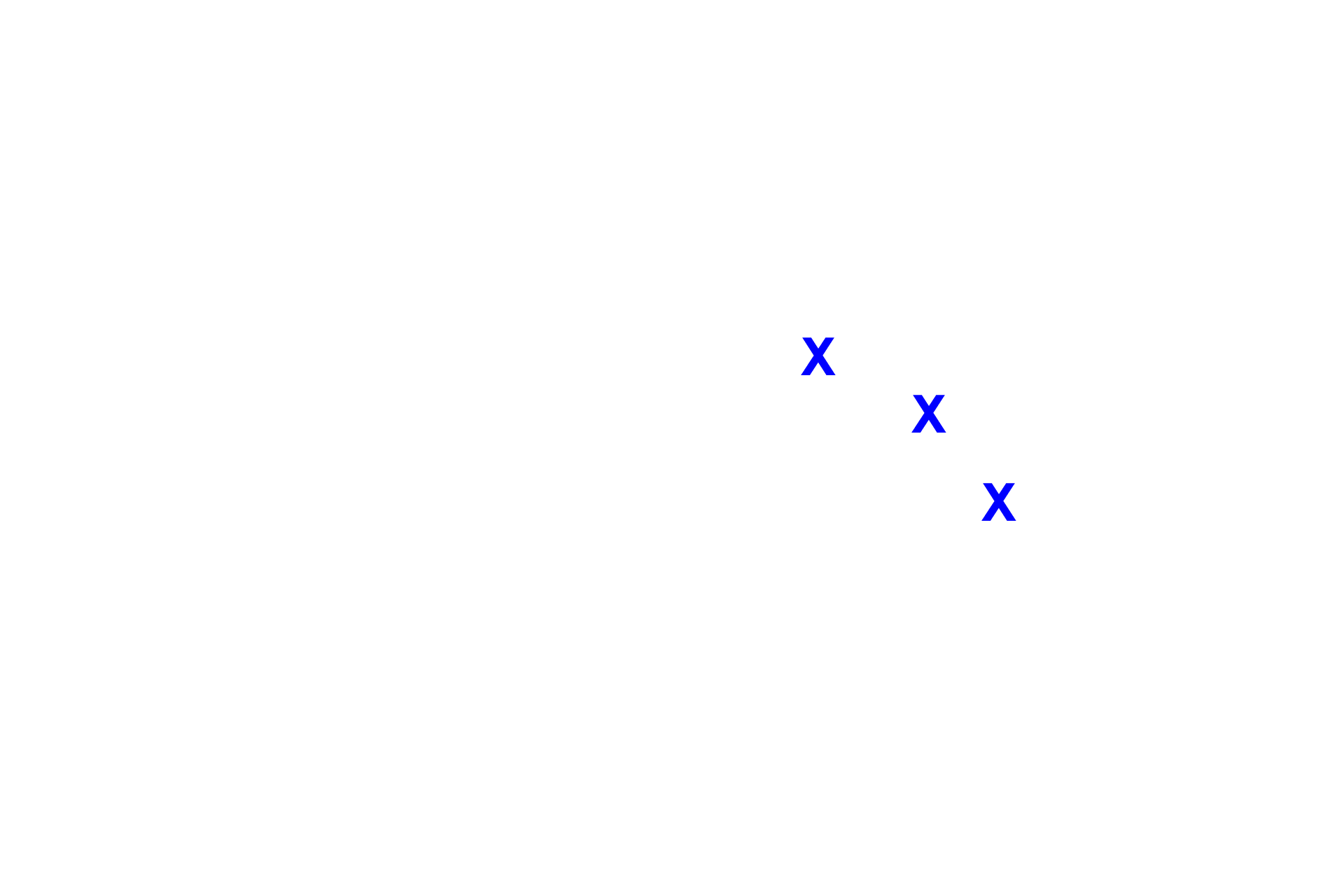
Glomerulus: Blood supply
The interlobular artery, a branch from the arcuate artery, gives rise to afferent arterioles, one of which supplies each glomerulus of a renal corpuscle. Renal corpuscles are located in the convoluted portions of the cortex, which form the lateral boundaries of each renal lobule. An interlobular artery and vein mark the lateral boundary of a lobule. 10x, 200x

Renal corpuscle
The interlobular artery, a branch from the arcuate artery, gives rise to afferent arterioles, one of which supplies each glomerulus of a renal corpuscle. Renal corpuscles are located in the convoluted portions of the cortex, which form the lateral boundaries of each renal lobule. An interlobular artery and vein mark the lateral boundary of a lobule. 10x, 200x

- Glomerulus
The interlobular artery, a branch from the arcuate artery, gives rise to afferent arterioles, one of which supplies each glomerulus of a renal corpuscle. Renal corpuscles are located in the convoluted portions of the cortex, which form the lateral boundaries of each renal lobule. An interlobular artery and vein mark the lateral boundary of a lobule. 10x, 200x

Interlobular artery
The interlobular artery, a branch from the arcuate artery, gives rise to afferent arterioles, one of which supplies each glomerulus of a renal corpuscle. Renal corpuscles are located in the convoluted portions of the cortex, which form the lateral boundaries of each renal lobule. An interlobular artery and vein mark the lateral boundary of a lobule. 10x, 200x

Afferent arteriole
The interlobular artery, a branch from the arcuate artery, gives rise to afferent arterioles, one of which supplies each glomerulus of a renal corpuscle. Renal corpuscles are located in the convoluted portions of the cortex, which form the lateral boundaries of each renal lobule. An interlobular artery and vein mark the lateral boundary of a lobule. 10x, 200x

Vascular pole
The interlobular artery, a branch from the arcuate artery, gives rise to afferent arterioles, one of which supplies each glomerulus of a renal corpuscle. Renal corpuscles are located in the convoluted portions of the cortex, which form the lateral boundaries of each renal lobule. An interlobular artery and vein mark the lateral boundary of a lobule. 10x, 200x

Juxtaglomerular apparatus
The interlobular artery, a branch from the arcuate artery, gives rise to afferent arterioles, one of which supplies each glomerulus of a renal corpuscle. Renal corpuscles are located in the convoluted portions of the cortex, which form the lateral boundaries of each renal lobule. An interlobular artery and vein mark the lateral boundary of a lobule. 10x, 200x

Ascending thick limb
The interlobular artery, a branch from the arcuate artery, gives rise to afferent arterioles, one of which supplies each glomerulus of a renal corpuscle. Renal corpuscles are located in the convoluted portions of the cortex, which form the lateral boundaries of each renal lobule. An interlobular artery and vein mark the lateral boundary of a lobule. 10x, 200x

Urinary pole
The interlobular artery, a branch from the arcuate artery, gives rise to afferent arterioles, one of which supplies each glomerulus of a renal corpuscle. Renal corpuscles are located in the convoluted portions of the cortex, which form the lateral boundaries of each renal lobule. An interlobular artery and vein mark the lateral boundary of a lobule. 10x, 200x

Proximal convoluted tubule
The interlobular artery, a branch from the arcuate artery, gives rise to afferent arterioles, one of which supplies each glomerulus of a renal corpuscle. Renal corpuscles are located in the convoluted portions of the cortex, which form the lateral boundaries of each renal lobule. An interlobular artery and vein mark the lateral boundary of a lobule. 10x, 200x